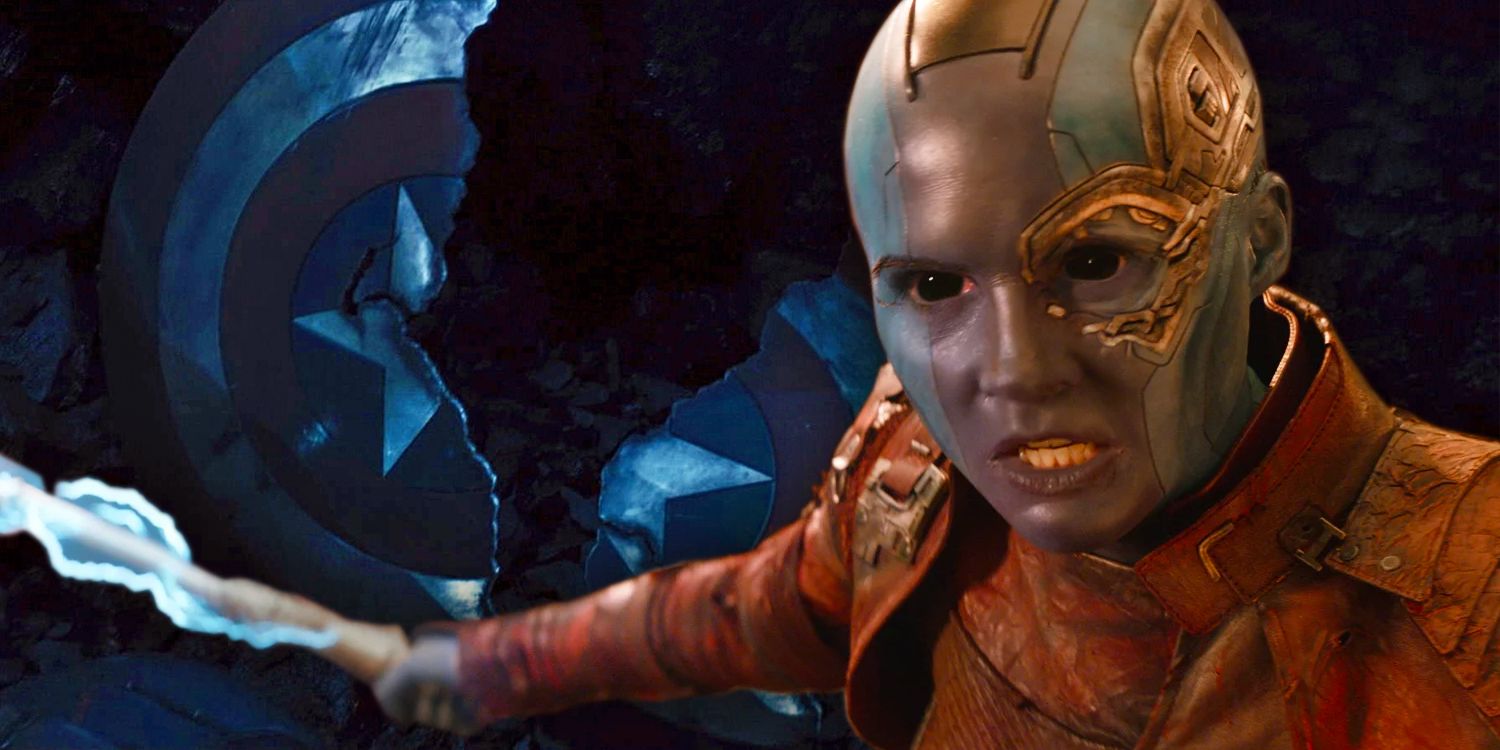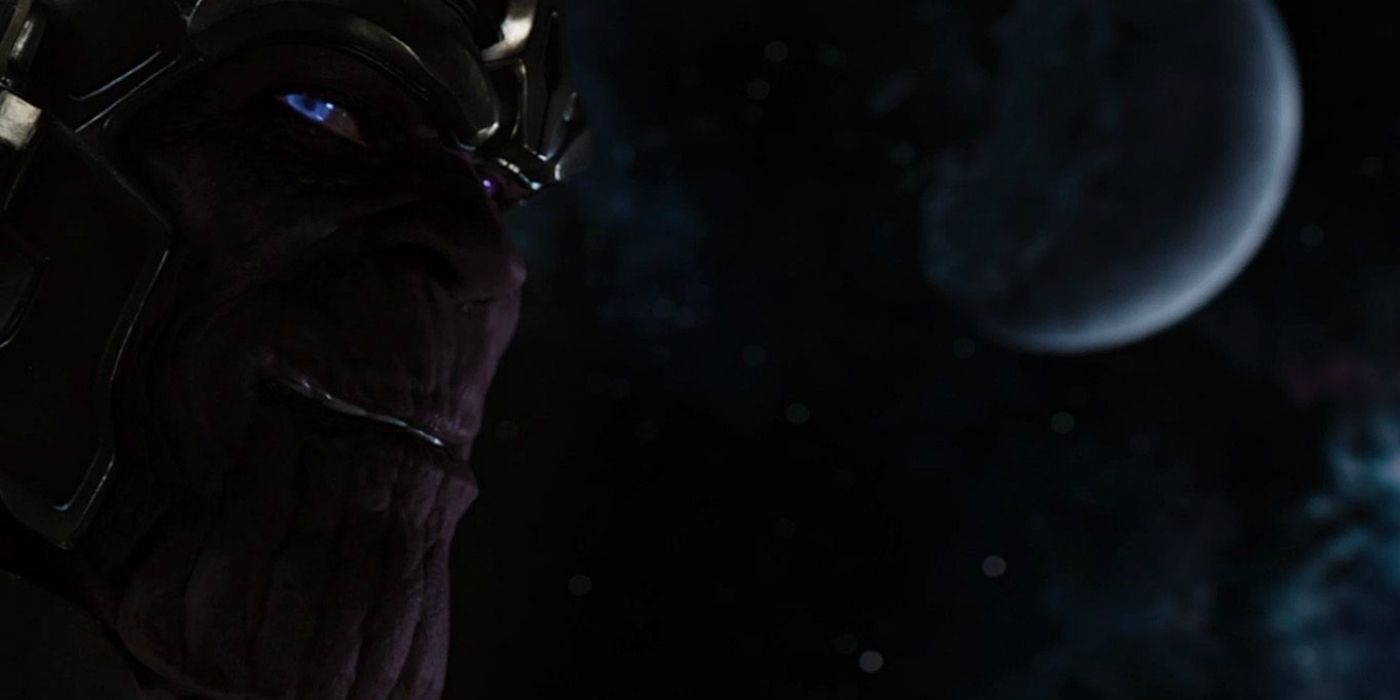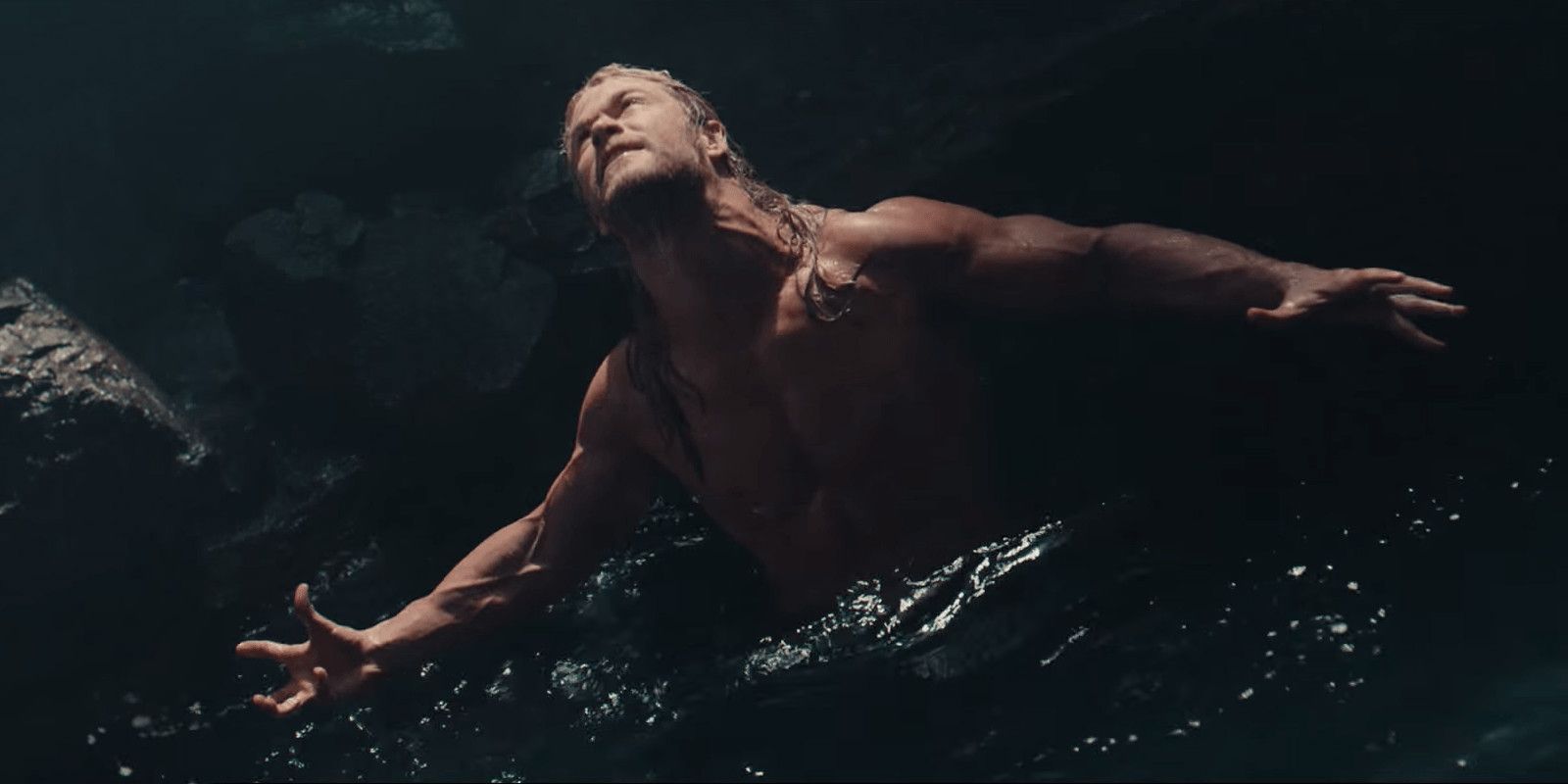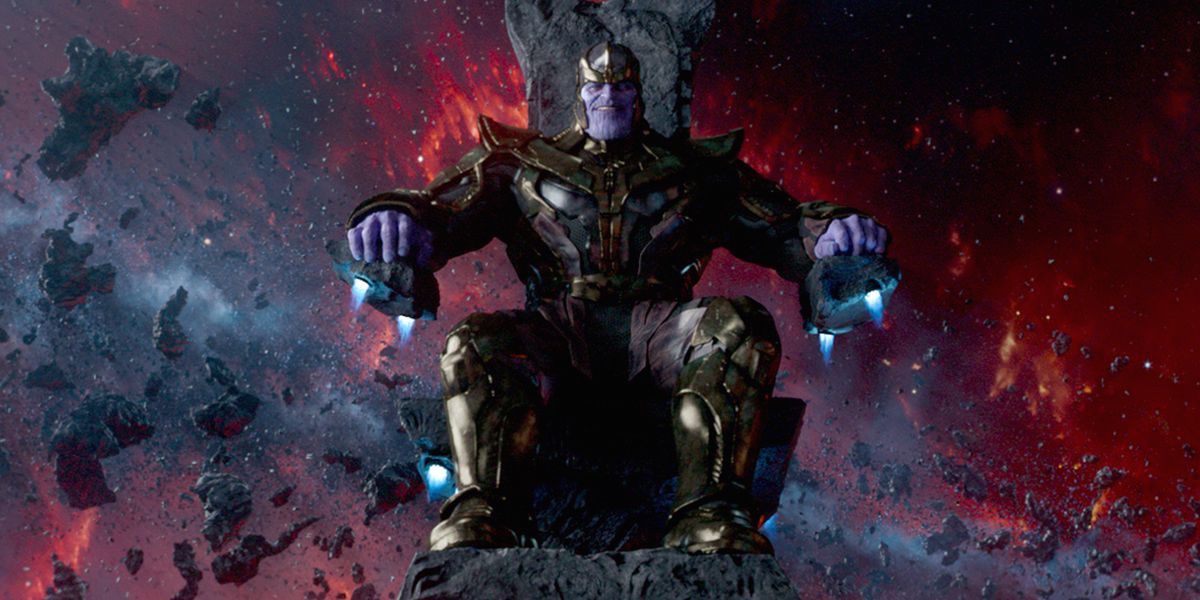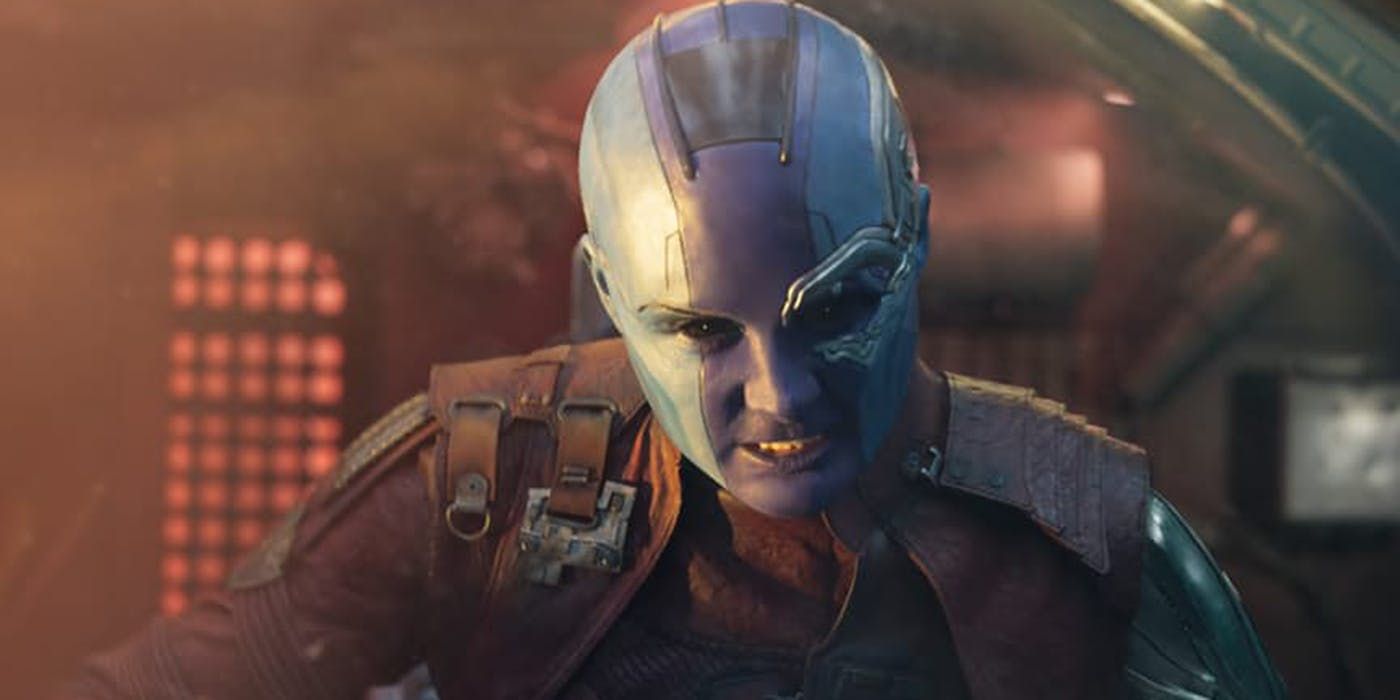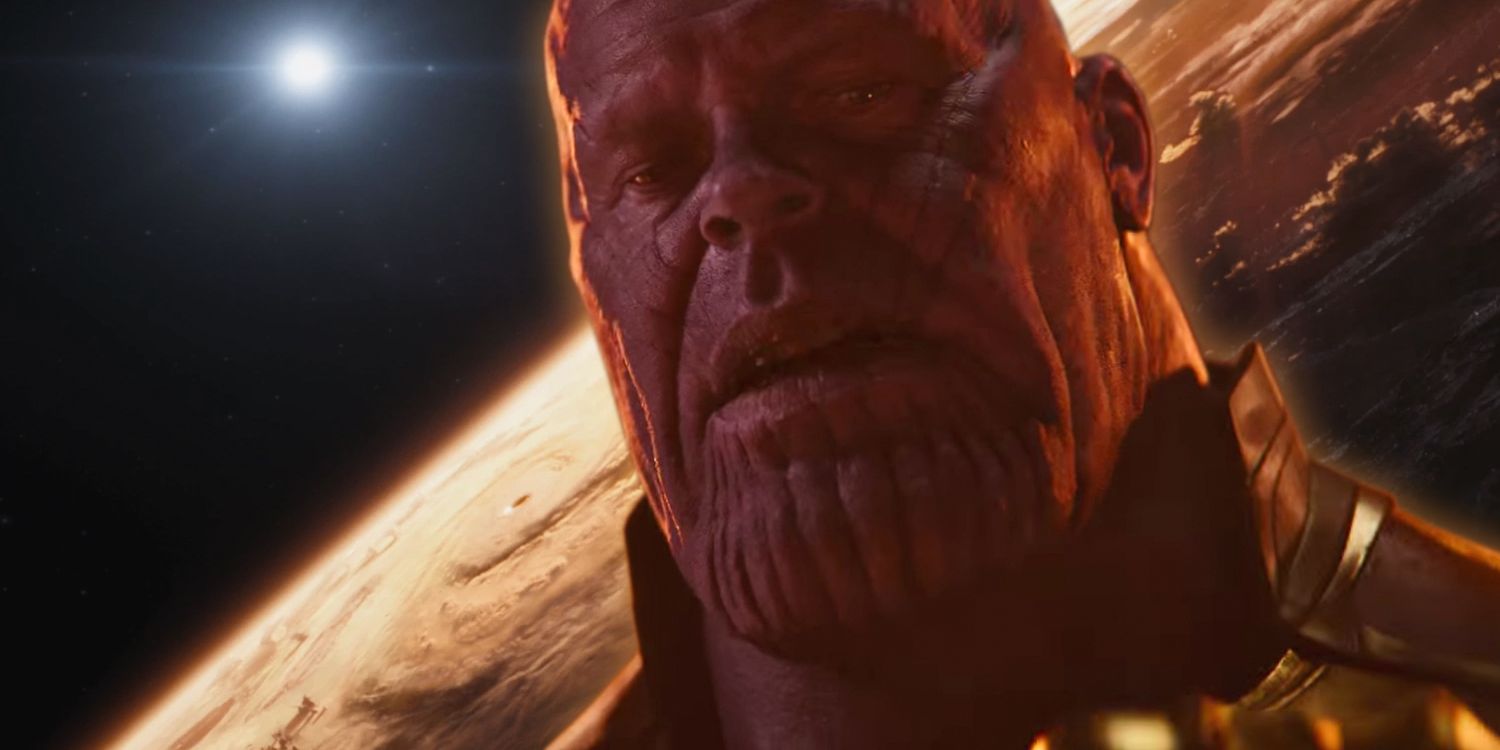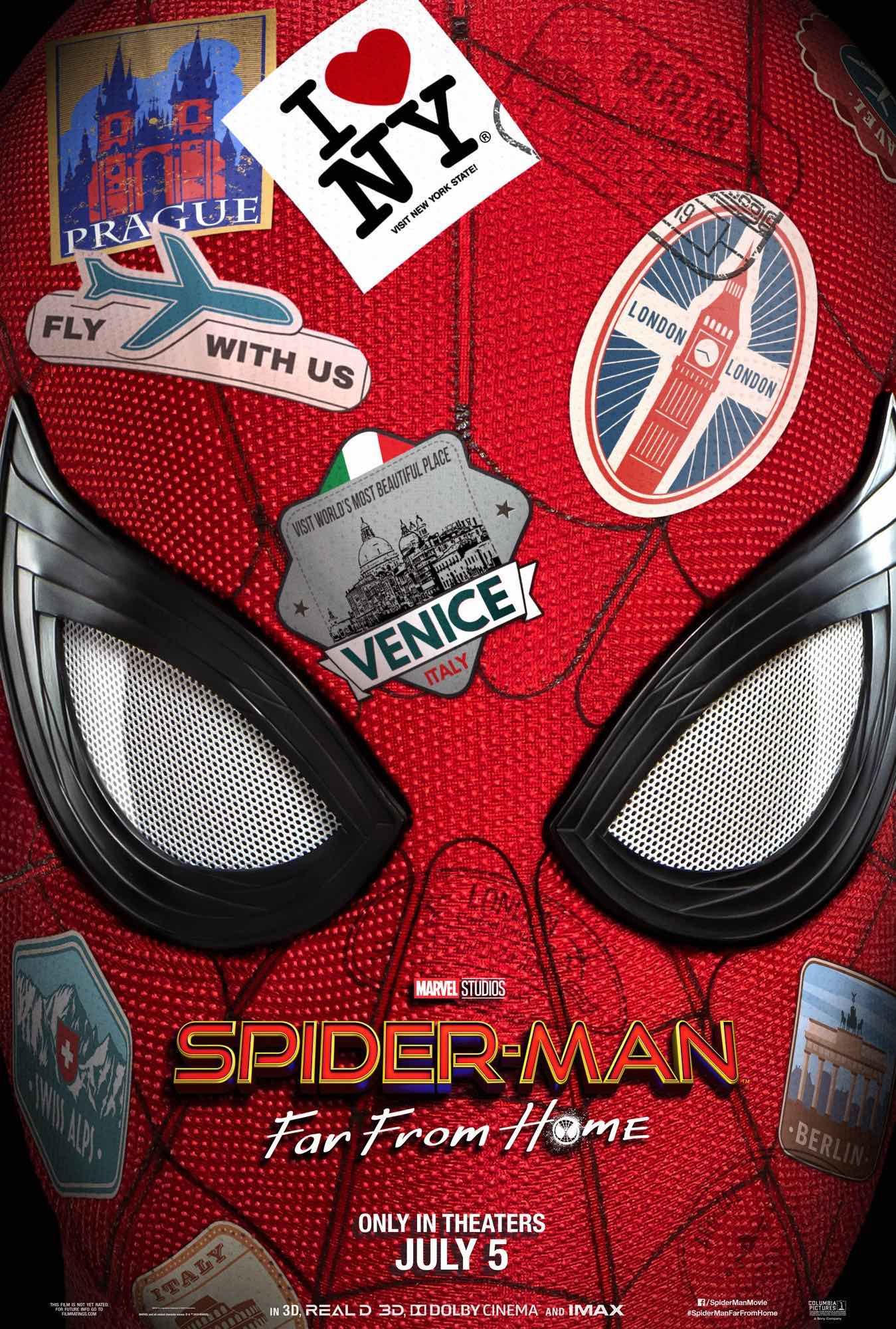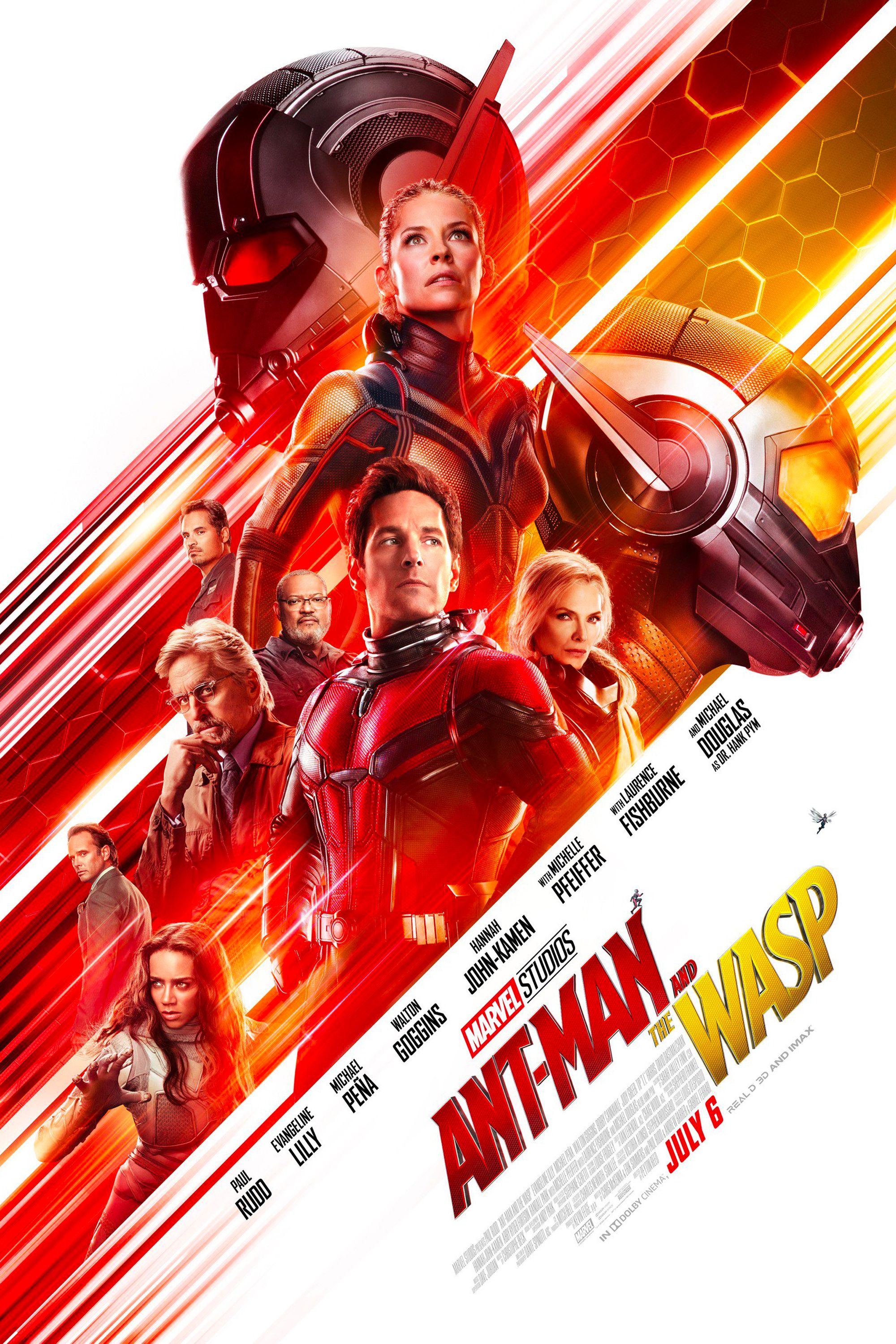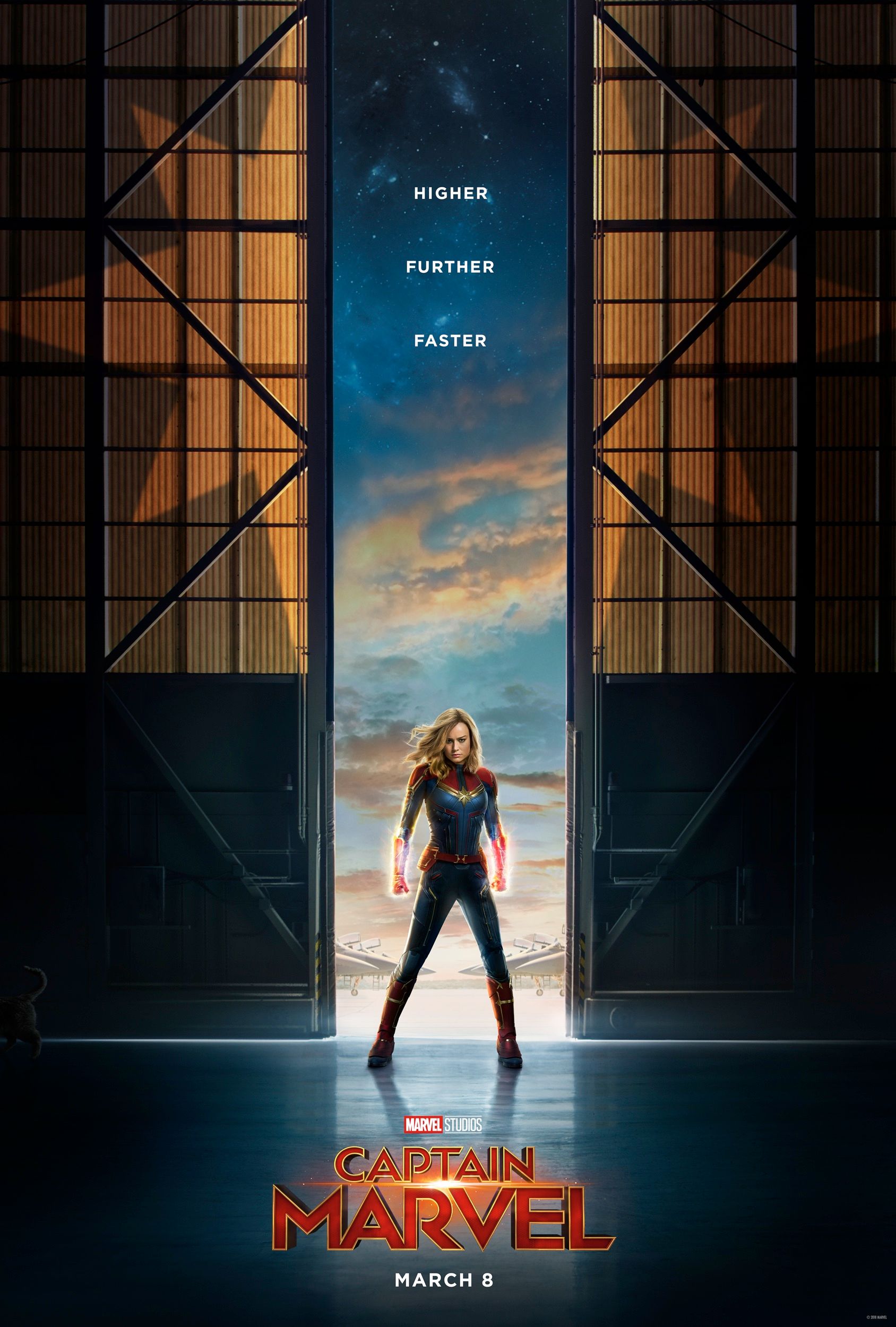Avengers: Infinity War has been praised for bringing together eighteen movies worth of plot into one epic culmination, but despite Marvel Studios' reputation for playing the long game, very little of that setup actually paid off.
The reality is that, while Kevin Feige has a long-term vision of the MCU, it's one that is always in flux. How could anything else be the case? Many of Marvel's best films have essentially been "gambles," albeit ones that paid off. Ironically, Marvel's flexibility opens up major issues for the studio. The shared universe model often involves planting the seeds of an idea well before the studio plan to use it; Wakanda, for example, was first teased back in 2010's Iron Man 2. That sometimes means that the teases don't quite pay off, or have to be subtly retconned to make sense. Marvel released their first one-shot, The Consultant, in order to retcon Tony Stark's appearance in The Incredible Hulk.
Related: Avengers: Infinity War Solves The MCU's Biggest Problems
In the case of Infinity War, Marvel has ostensibly been building up to this event for the last decade's worth of films. The Infinity Gauntlet first appeared in Thor, and there have been explicit teasers since as far back as 2012's The Avengers. But here's the catch; the final film takes a slightly different approach to the Mad Titan, rewriting his origins and his motivation. As a result, as good as Avengers: Infinity War may be, it doesn't actually build on the set-up at all.
- This Page: The Dropped Avengers Plot Threads
Thanos & Infinity Stones From The Avengers
It's important to understand that, until 2012, Marvel never really had any plans for Thanos. In an interview with Slash Film, Marvel visionary Kevin Feige admitted that post-credits scene was "Joss. Joss, Joss, and Joss." Director Joss Whedon had always been a fan of Thanos, and his script called for some powerful cosmic being to be behind Loki's attack on Earth. Whedon approached Marvel, pitching the idea of the main villain being Thanos.
He filmed a post-credits scene that saw the Other approach Thanos, admitting that humanity had proved more dangerous than expected. "They are unruly," the Other noted, "and therefore cannot be ruled." That particular comment certainly implied that the goal of the Chitauri invasion was a simple conquest, with the Chitauri then aiming to rule the ashes of the Earth. Then, crucially, the Other continued; "To challenge them is to court death." That statement led Thanos to turn and face the screen, with a smile on his face. Whedon was clearly alluding to a comic-book-accurate Thanos, one who explicitly desired to "court Death."
Aside from that, The Avengers itself doesn't hint that the Tesseract is an Infinity Stone, either. Marvel originally envisioned the Tesseract as the MCU's version of the Cosmic Cube, with Whedon absent-mindedly referring to it as such in interviews. Likewise, at this stage, Loki's Scepter is just a powerful tool, used by the God of Mischief to control the minds of others with some potential link to the cube - not the Mind Stone.
RELATED: Infinity War's Thanos Isn't Really Marvel's Thanos
Viewed from the perspective of Avengers: Infinity War, The Avengers doesn't quite make sense. Why did Thanos give Loki one Infinity Stone in order to get another? Why did he even send Loki in the first place, when he has the Black Order to serve him? It's true that the MCU's Thanos seems to like using cat's paws to achieve his goals, but he really didn't need the God of Mischief.
Thor's Vision From Avengers: Age of Ultron
Production of Avengers: Age of Ultron was particularly troubled, largely because Marvel's Creative Committee - which ultimately disbanded in 2015 - insisted on Whedon foreshadowing future events. As a result, Scarlet Witch gives the Avengers what are clearly meant to be ominous visions of the future: Thor is told he will lead Asgard to Hel; Tony Stark is horrified to glimpse the fallen Avengers, defeated by a threat he could have done more to stop. When Thor bathes in the Water of Sight, he receives another vision that reveals the Infinity Stones are being brought into play.
So far, none of these visions have really played out as expected. It's true the Asgardians are on the verge of extinction, but the idea of Hel and Ragnarok has been subverted. Meanwhile, Thor's quest for the Infinity Stones - set up against Whedon's wishes - was dumped by Thor: Ragnarok, in favor of a completely different plot.
Read More: Thor: Ragnarok Changes Avengers: Age of Ultron's Ending
The post-credits scene of Age of Ultron is another crucial step on the road to Infinity War. It sees Thanos open a vault and don the Infinity Gauntlet, declaring, "Fine. I'll do it myself." Unfortunately, this post-credits scene has caused a lot of confusion for Marvel Studios, with it contradicting both the glove seen in Thor and its origins in Avengers 3. When asked about this scene, Infinity War's screenwriters Stephen McFeely and Christopher Markus essentially shrugged it off. "Not our movie," McFeely quipped. "We've all sat there and went, 'What the hell is he talking about,'" Markus added, "Where was he when he did that?"
Thanos' Plan In Guardians of the Galaxy
Going back to 2014's Guardians of the Galaxy, we saw another of Thanos' stooges - Ronan, the Kree fanatic who sought to destroy an entire planet. This film suggested that Thanos was allied with all manner of dark forces in the universe, warlords and terrorists who wreak havoc across the cosmos. He's menacing and imposing, but there's no hint of his Infinity War philosophy, of his desire to "rebalance the universe" by slaughtering half the life in the universe. It's even said that Gamora is the last of the Zehoberi race, highlighting a retcon with her flashback scenes in Infinity War.
Broadly, though, the movie can be read as consistent. It makes clear Thanos has become focused on acquiring the Infinity Stones, even if the purpose and level of knowledge - Gamora doesn't seem aware of the Stones, despite knowing of the Soul Stone - is a bit off.
Gamora and Nebula in Guardians of the Galaxy Vol. 2
It's true that Thanos is barely mentioned in Guardians of the Galaxy Vol. 2, but the film is still a significant one in the Avengers: Infinity War build-up. The dynamic between Gamora and Nebula shines a subtle light upon Thanos's motives, revealing just how truly evil he is, but the more important aspects of their relationship - Thanos wanting to balance the universe and their knowledge of the Soul Stone - are absent. Here it's setup for minor aspects while the big parts are ignored.
RELATED: Infinity War's Real Soul Stone Was Better Than All The Theories
There is one crucial bit of setup here, though: the idea that Thanos scours the galaxy and chooses children to become his closest servants and allies. Infinity War would adopt that idea to explain the Black Order; in the comics, they're simply Thanos's servants and generals, but in the movies they're his children. That actually means both Nebula and Gamora were originally part of the Black Order, but betrayed them.
Unfortunately, the details still contradict slightly. According to Guardians of the Galaxy Vol. 2, Thanos forces his children to compete against one another. Every time one of them loses, a body part is removed and replaced with cybernetics. Gamora tended to emerge victorious from her duels with Nebula, explaining why she has few signs of cybernetics; Nebula, for her part, is more machine than woman. But the rest of the Black Order show no real sign of cybernetic parts at all. It seems only Nebula and Gamora were forced to compete like this.
What Avengers: Infinity War's Weak Payoff Means
All this isn't to suggest that Avengers: Infinity War is somehow a bad film - it's not. It's simply to acknowledge that Marvel Studios do actually change direction, a lot more than most viewers realize. Thanos is the culmination of a decade's worth of build-up, but ironically his retconned origin and motivations sit very uncomfortably with the last ten years. This, fundamentally, an unavoidable quirk of Marvel's shared universe model; sometimes the setup will fail to pay off.
It's recently been revealed that Thanos's backstory will be explored in a tie-in novel by Young Adult author Barry Lyga. Although it seems that shouldn't be considered canon, Lyga has worked closely with Marvel Studios while writing the novel. Lyga promised that the book will "reverse-engineer" Thanos's previous MCU experiences, explaining how we got up to them. It seems likely this book will be the best explanation we get as to how all the different Thanos appearances tie together - and that will surely make it a fascinating read.

